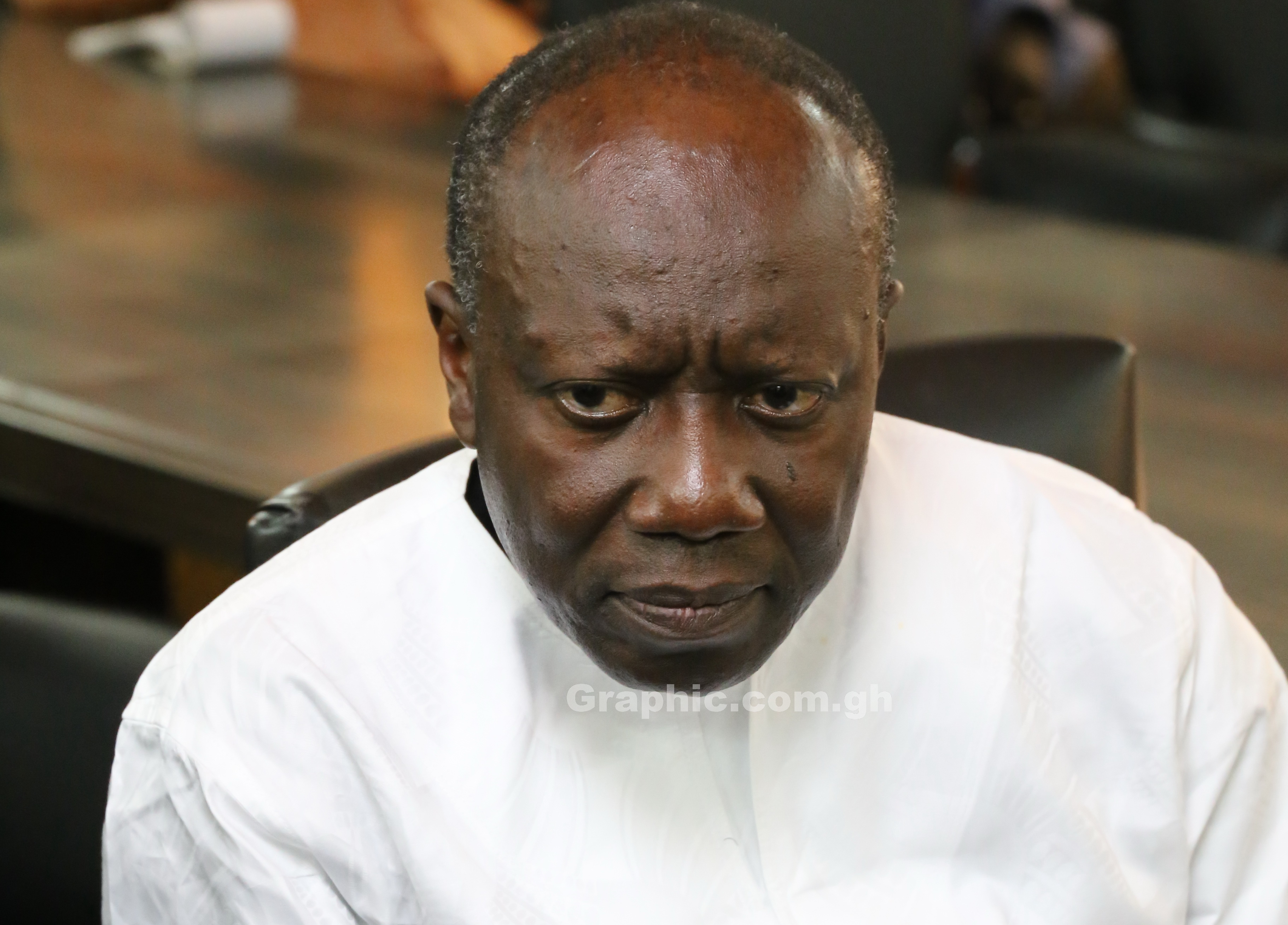
Economy can still do better
Ghana's rating has been raised from B- to B as a result of improved monetary policy effectiveness and stable positive outlook.
Apparently, improving banking sector stability and lower inflation suggest that the effectiveness and transmission mechanism of the country’s monetary policy have improved.
It is thus good news that S&P Global Ratings, which focuses on financial information and analytics, has raised its long-term ratings on Ghana.
The Daily Graphic notes that the rating comes after the country had implemented and adhered to measures that materially alleviated pressure on public finances and reduced public debt levels, which S&P says are beyond its expectations.
It is a feather in our cap, therefore, that the upgrade reflects S&P’s assessment that Ghana's monetary policy effectiveness has improved, albeit from a low base, and will support the credibility of the inflation-targeting framework over the period.
Having peaked at a seven-year high of 19.2 per cent (year-on-year) in March 2016, headline inflation had continued to decline to 10 per cent by mid-year 2018, supported by a relatively tight monetary policy stance which has made the economy stable, with high prospects for the future.
It is worth noting that Ghana's economy remains dominated by services (about 50 per cent of GDP), with agriculture contributing a substantial 22 per cent and the hydrocarbons sector contributing about nine per cent.
The economy is, therefore, vulnerable to weather conditions and oil price fluctuations.
We also note that the Bank of Ghana's (BoG’s) policy rate has also been fairly effectively transmitted through the financial system to market participants. Further, the government's recapitalisation of the banking system in 2018 is expected to ultimately strengthen the banks and allow them to support financial intermediation in the economy.
It is, however, worrying that credit risk within the banking sector remains high, with non-performing loans (NPLs) about 23 per cent of total loans in June 2018, although there has been an improvement over the period. We are, however, gladdened by S&P’s suggestion that the government's Energy Sector Levy Act (ESLA) could help resolve some of the bank asset quality issues, such as bank lending to energy sector state-owned enterprises (SOEs), and encourage the government to strongly consider the suggestion from S&P.
Under the ESLA Bond programme, a special-purpose vehicle (SPV) will enter into agreements with relevant SOE creditors, under which the legacy debts will either be repaid in cash from the proceeds of the bond issuances or settled through debt-swap transactions.
Our hope, therefore, is that the government will take on board S&P’s view that the ESLA bonds could help improve bank asset quality, put bank balance sheets in a stronger position, facilitate private credit growth and further strengthen the effectiveness of monetary policy transmission.
We also add our voice to S&P’s recommendations that more effective open market operations and the development of a financial system and a domestic bond market should be supported by the government's strategy of refinancing short-term debts with longer-dated bonds in the domestic bond market over the past year and in the near future to extend the yield curve.
The Daily Graphic commends the managers of the economy for the feat chalked up thus far and encourages them not to rest on their laurels but continue to introduce measures that will put the economy on a rapid growth path.